
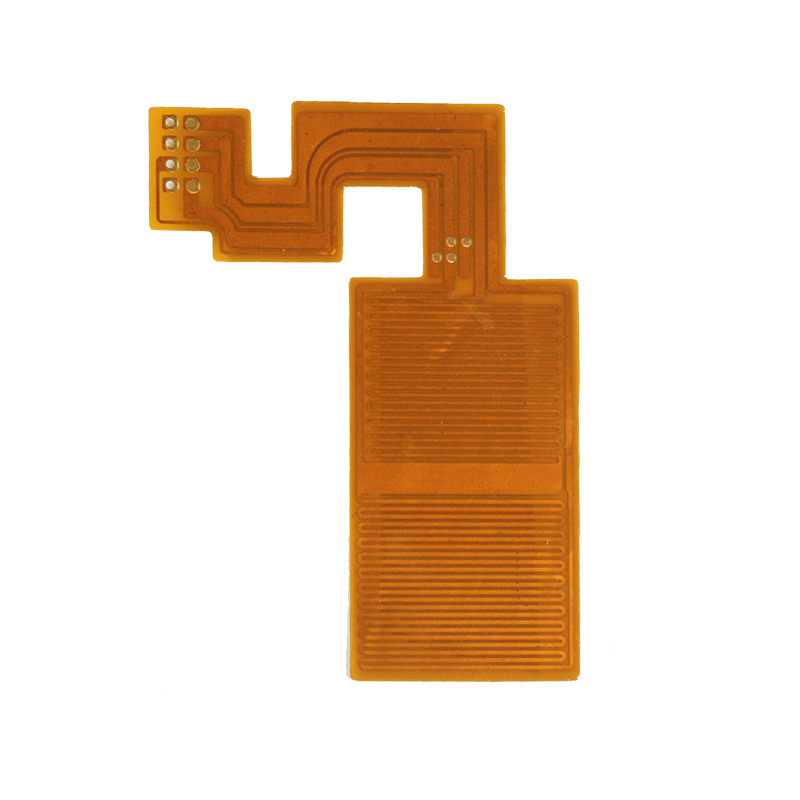

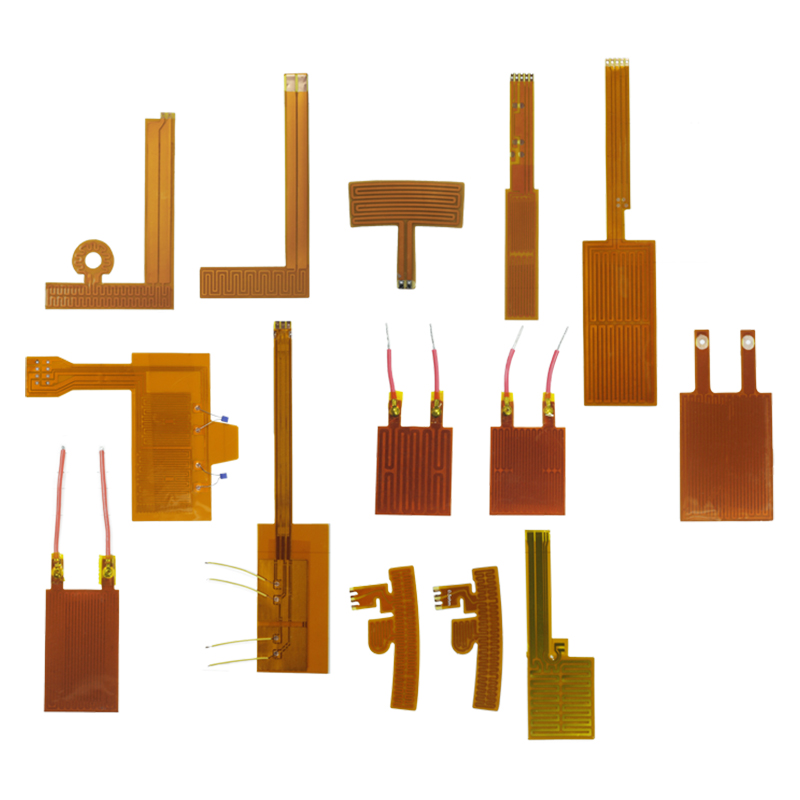

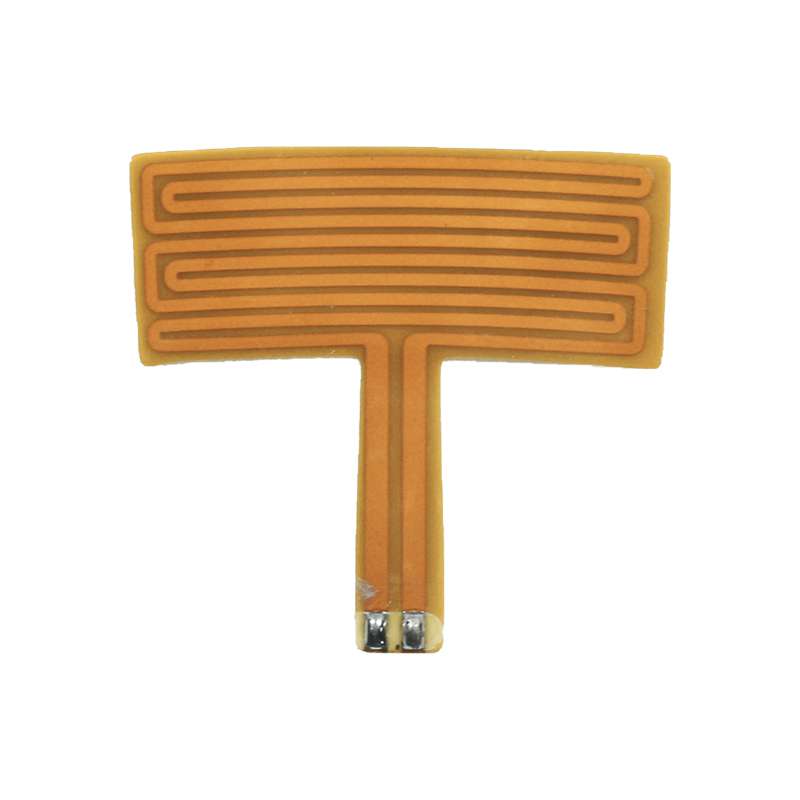

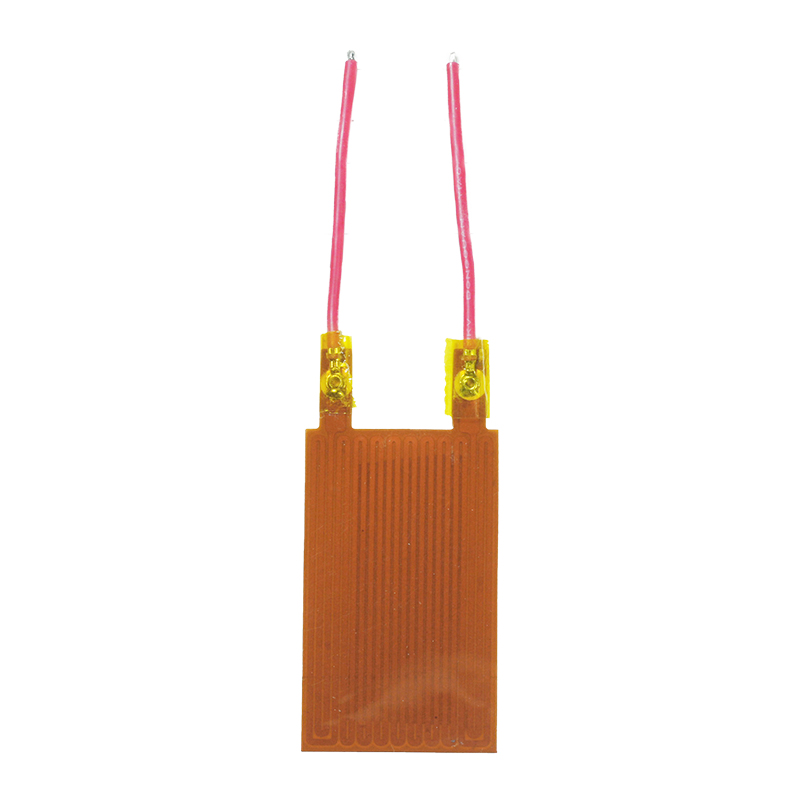
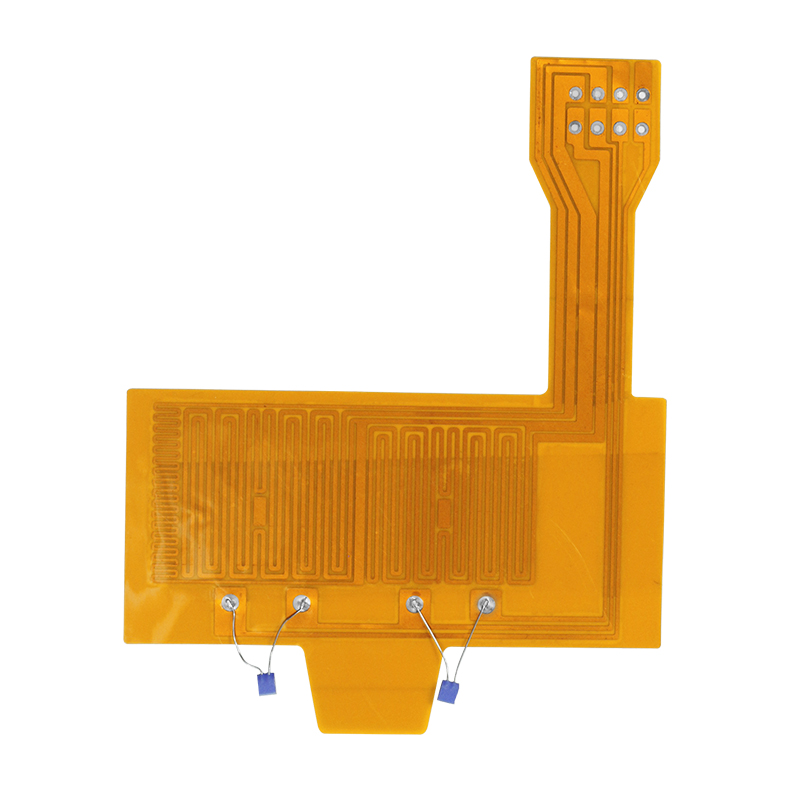
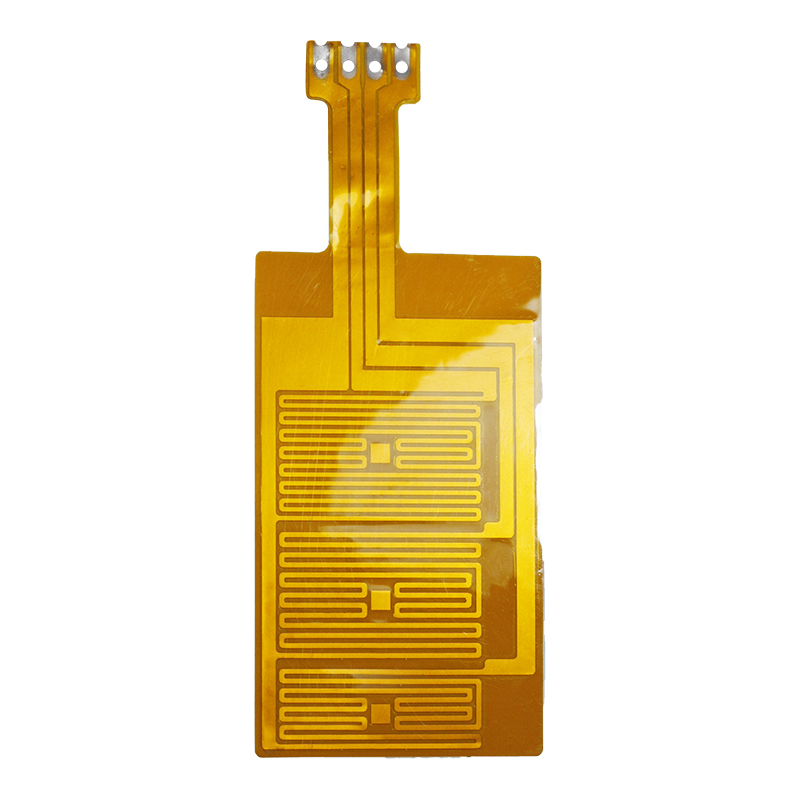
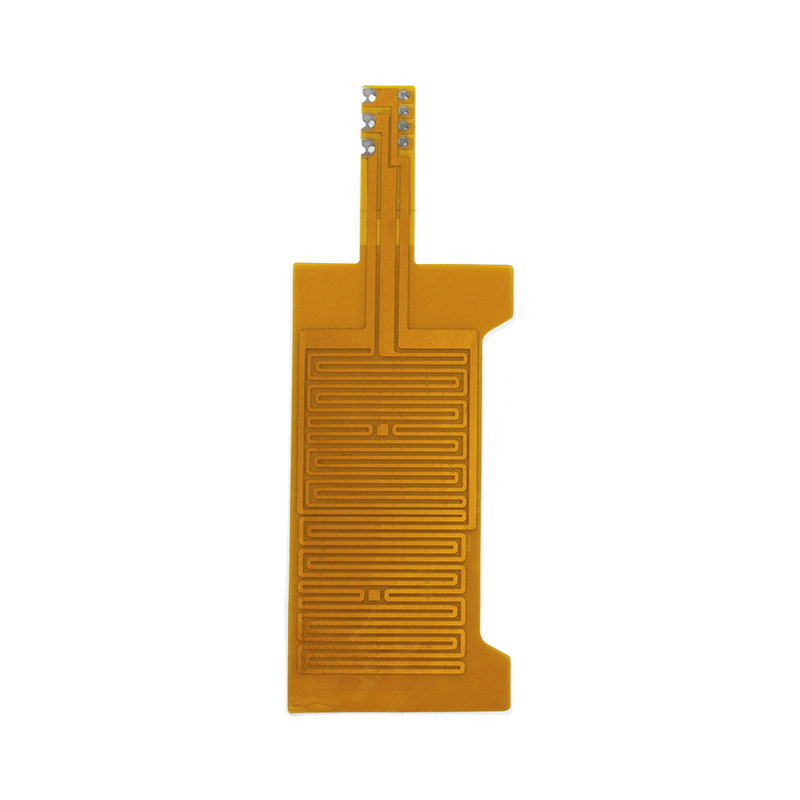
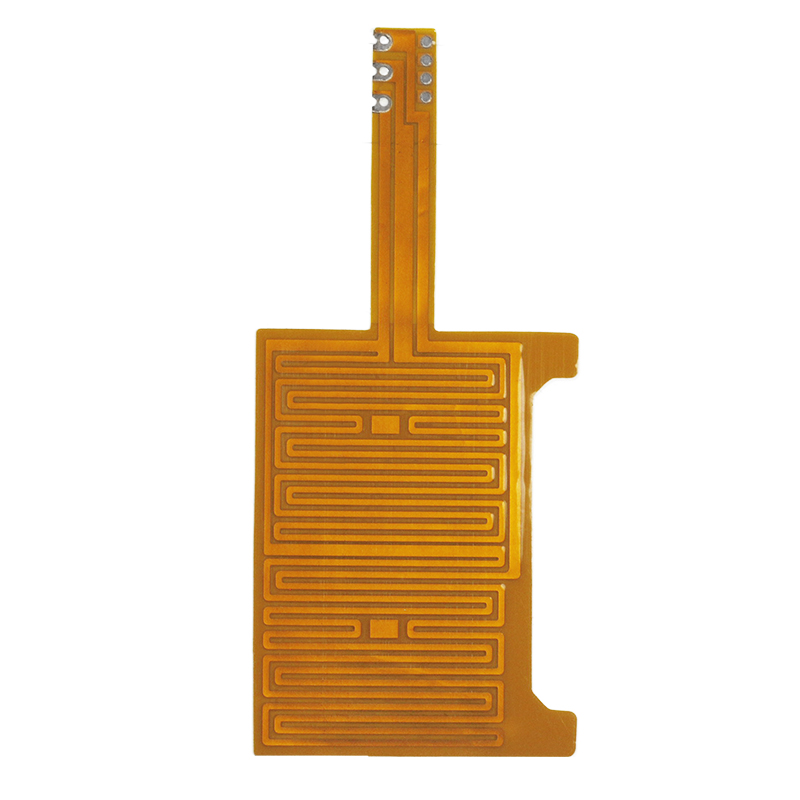
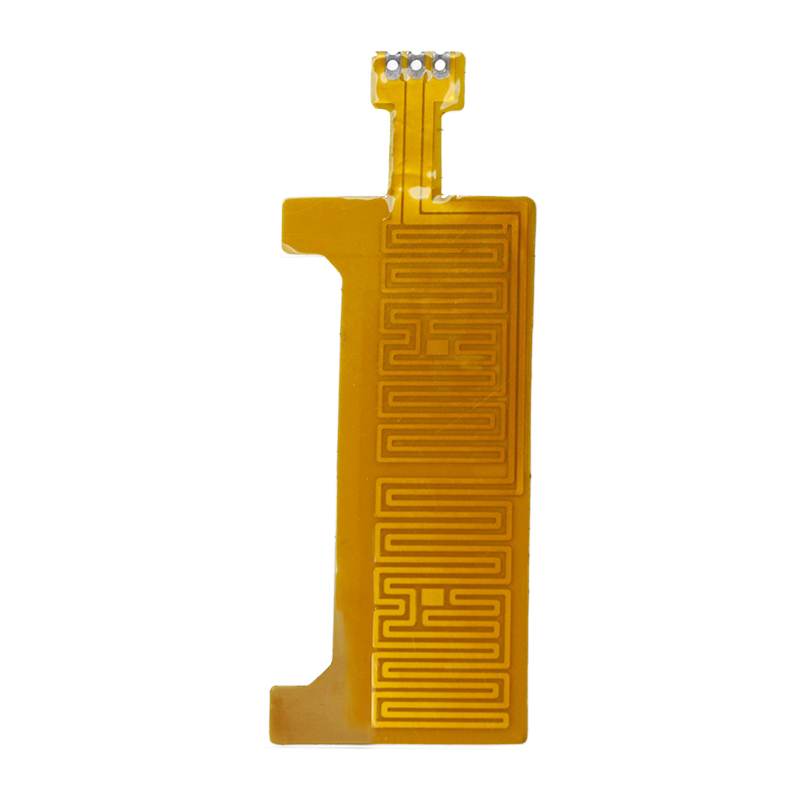
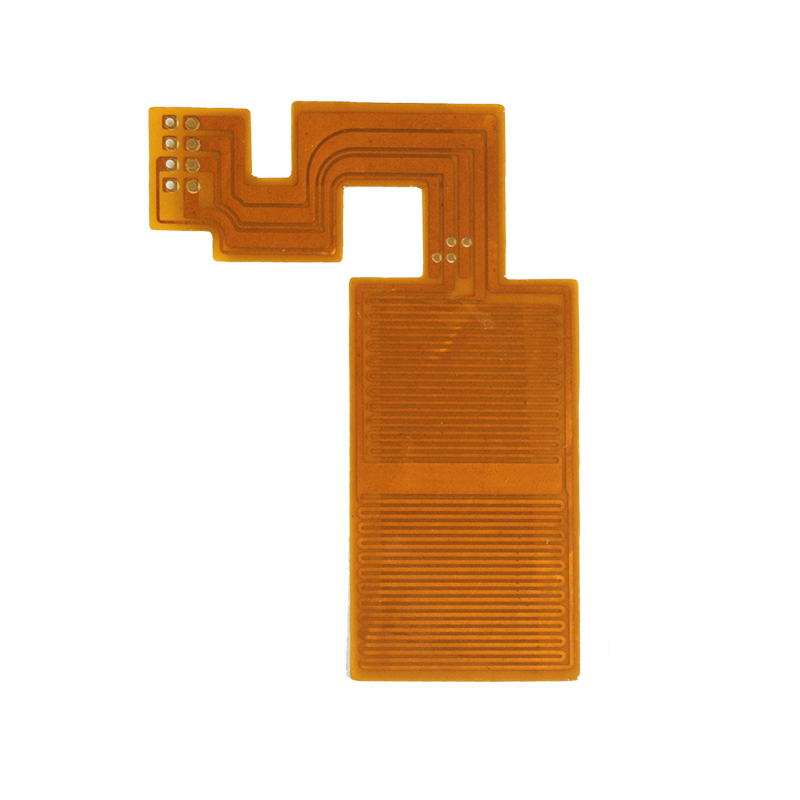
PI Heating Film is efficient, durable and environmentally friendly, and is especially suited to applications that require stable operation at high temperatures for long periods of time.PI Heating Film is not only suitable for domestic and commercial underfloor heating, but can also be used in a wide range of industrial and specific applications to meet the diverse needs of heating equipment for a wide range of applications.
The PI Heating Film is a cutting-edge heating solution that utilizes electrical current and far infrared heating technology to deliver efficient and uniform heat. At the heart of the film lies a conductive layer—commonly composed of carbon nano-ink or a fine metal alloy—that effectively transforms electrical energy into thermal energy, radiating consistent far infrared rays across the entire surface. This smart design avoids the localized overheating issues tyPIcally found in conventional heating methods.
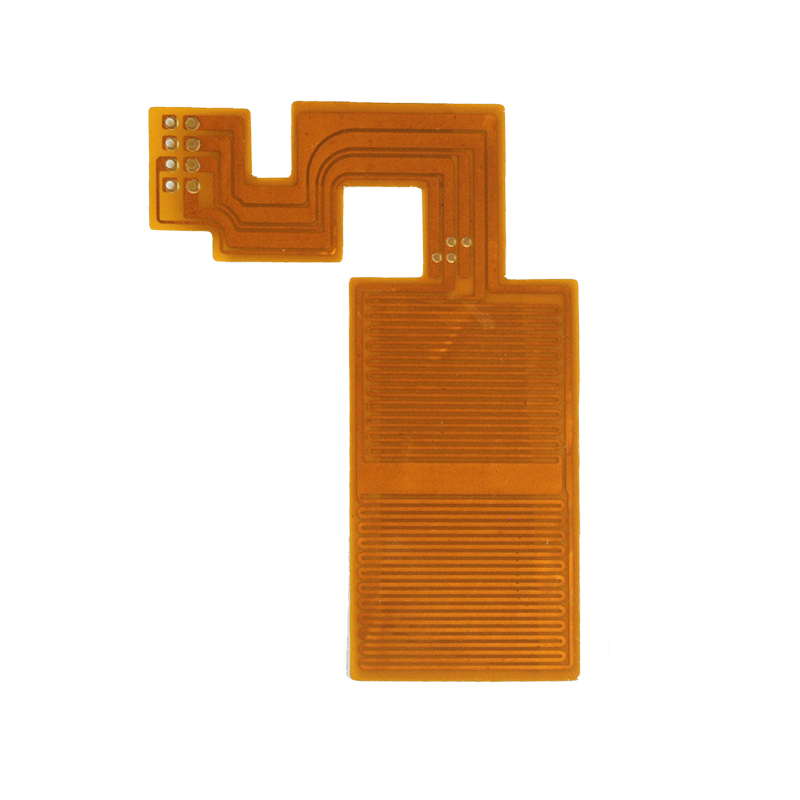
Core Material – Polyimide (PI):
The polyimide heating film uses PI as its base material, renowned for exceptional thermal resistance and chemical stability. This makes the heating film highly durable and suitable for long-term, high-temperature applications.
Heating Layer – Nano Carbon Ink or Metal Coating:
The heating element features high-performance conductive materials like nano carbon ink or precision metal coatings, which ensure efficient and even thermal distribution.
Multi-Layer Safety Design:
The PI heating film is built with a composite structure, incorporating insulation layers on both sides of the heating component. These protective layers enhance both safety and reliability in a wide range of environments, with PI offering superb electrical insulation and thermal stability.
Exceptional Heat Resistance:
The PI material performs reliably across a broad temperature range from -200°C to 300°C, making it ideal for demanding applications.
Energy-Efficient Performance:
Thanks to the high energy conversion rate of the PI heating film, it delivers rapid heating with low power consumption, promoting eco-friendly operation and reduced energy costs.
Therapeutic Far Infrared Rays:
The film emits far infrared rays that gently penetrate subcutaneous layers to improve blood circulation, offering both warmth and wellness benefits.
Ultra-Thin and Lightweight:
Typically measuring just 0.1mm to 0.2mm thick, the polyimide heating film is discreet and flexible—ideal for hidden installations without compromising interior aesthetics.
Enhanced Safety:
With high heat resistance and excellent insulation properties, the heating film minimizes the risk of electric leakage and overheating, ensuring secure and stable operation.
Thanks to its superior material properties and innovative design, the PI heating film is widely adopted across residential, commercial, and industrial fields:
Underfloor Heating Systems:
Installed beneath tile, wood, or laminate flooring, the heating film ensures even, comfortable floor temperatures.
Industrial Equipment Heating:
Ideal for continuous high-temperature operations in labs, manufacturing equipment, drying chambers, and more.
Battery Heating Applications:
In cold climates, the thin-film heating efficiently maintains battery temperature and performance, preventing failure.
Medical Equipment:
Used in applications requiring precise temperature control, such as physical therapy pads and blood warming devices, due to the PI film’s stability and safety.
Installation Guidelines:
Surface Preparation: Ensure a flat, clean surface free of dust and debris.
Film Placement: Cut the PI heating film to the required size and secure it with heat-resistant adhesive or tape.
Power Connection: Use compatible wiring for stable and safe electrical connections.
Temperature Control: Pair with an intelligent thermostat for optimized energy use and precision temperature control.
Maintenance Tips:
The PI heating membrane is largely maintenance-free. Periodic inspections of the wiring and thermostat are recommended. Keep the film surface clean and avoid sharp object contact to prevent damage.
High-Temperature Durability: Ensures prolonged, stable heating in extreme environments.
Precision Control: Compatible with smart control systems for real-time temperature adjustments.
Flexible Form Factor: Easily conforms to curved or irregular surfaces—ideal for specialized industrial applications.
Eco-Friendly Heating: Low energy consumption and zero harmful emissions meet modern sustainability standards.
FAQ
What is heating film?
Heating film is a thin heating device that generates heat through electric current, typically utilizing far-infrared heating technology to convert electrical energy into heat, providing uniform heating effects.
What are the main materials used in heating film?
The primary material for heating film is polyimide (PI), known for its excellent high-temperature resistance and chemical stability, making it suitable for long-term use. The heating layer usually consists of nano carbon ink or metal alloys.
How does heating film work?
Heating film operates by allowing electric current to flow through the heating layer, which generates heat and emits it as far-infrared radiation, providing a comfortable heating effect. The far-infrared radiation penetrates deep into objects, enhancing warmth.
What is the lifespan of heating film?
The lifespan of heating film typically exceeds 10 years, depending on the usage environment and maintenance practices.
What are the common applications of heating film?
Heating film is widely used in home underfloor heating systems, wall heating, industrial equipment heating, battery heating, and medical devices, especially in environments requiring high temperatures and stability.
How difficult is it to install heating film?
Installing heating film is relatively straightforward. It generally involves laying the film on a floor or wall and connecting it to the power supply and thermostat. Ensuring a smooth, dry surface is key to successful installation.
How safe is heating film?
Heating film has excellent electrical insulation properties and high-temperature resistance, often equipped with overheat protection devices to prevent electric leakage and overheating, ensuring safe use.
How should heating film be maintained?
Heating film typically requires minimal maintenance. Regularly check the power cords and thermostat functionality, and keep the surface clean to avoid scratches from sharp objects.
Can heating film be integrated with smart home systems?
Yes, heating film can be compatible with smart thermostat systems, allowing for precise temperature control and scheduled heating, enhancing convenience and energy efficiency.
What is the energy efficiency of heating film?
Heating film demonstrates high energy conversion efficiency, providing sustained warmth at lower power levels, making it more energy-efficient than traditional heating devices and reducing electricity consumption.
Previous: Industrial Heating Element
Next: Seedling Heat Mat
Contact
No. 1, 1st Road, Mawu Industrial Zone, Qiaoli, Changping Town, Dongguan City, Guangdong Province
Email:
Phone:
+86 136-2001-9955
+86-0769-83488762-8016
